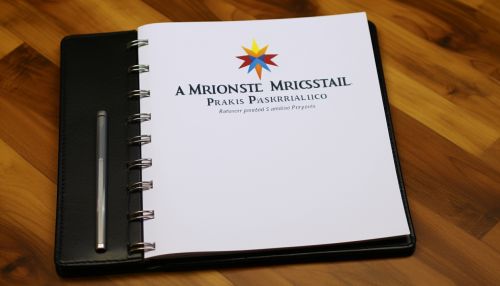Minnesota Multiphasic Personality Inventory
Overview
The Minnesota Multiphasic Personality Inventory (MMPI) is a standardized psychometric test of adult personality and psychopathology. It is used by trained professionals to assist in identifying personality structure and psychopathology. It was originally developed in the late 1930s by Starke R. Hathaway, a psychologist, and J. C. McKinley, a psychiatrist, at the University of Minnesota. The MMPI is one of the most frequently used personality tests in mental health.


Development
The original MMPI, first published in 1943, was developed using an empirical keying approach, which means that the clinical scales were derived by selecting items that were endorsed by patients known to have been diagnosed with certain pathologies. The difference between the MMPI and other personality instruments of its time was that it was grounded in empirical data rather than theoretical assumptions.
Structure
The MMPI includes 567 test items and takes approximately 60 to 90 minutes to complete. The test is composed of ten clinical scales, which were created to measure general types of psychopathology, and four validity scales, designed to assess the test-taker's general test-taking attitude and whether they answered the items on the test in a truthful and accurate manner.
Clinical Scales
The ten clinical scales of the MMPI include: Hypochondriasis (Hs), Depression (D), Hysteria (Hy), Psychopathic Deviate (Pd), Masculinity/Femininity (Mf), Paranoia (Pa), Psychasthenia (Pt), Schizophrenia (Sc), Hypomania (Ma), and Social Introversion (Si). These scales are used to assess a variety of mental health concerns and provide a comprehensive overview of the individual's psychological profile.
Validity Scales
The validity scales on the MMPI include: the Lie scale (L), the Infrequency scale (F), the Defensiveness scale (K), and the Cannot Say scale (?). These scales are used to determine the validity of the test results and to detect patterns of response that may indicate the test taker is not responding truthfully or is responding randomly.
MMPI-2 and MMPI-2-RF
The MMPI was revised in 1989, resulting in the MMPI-2, which includes 567 items. The MMPI-2-RF, a further revision published in 2008, includes 338 items. The MMPI-2 and MMPI-2-RF maintain the core scales of the original MMPI but have updated norms and have added new validity scales.
Applications
The MMPI is used in a variety of settings, including clinical psychology, forensic psychology, counseling, health psychology, and neuropsychology. It is also used in job screenings, especially high-risk jobs, to evaluate the mental stability of candidates.
Criticisms
Despite its widespread use, the MMPI has been criticized for its length, gender and cultural bias, and lack of theoretical basis. Some critics argue that the MMPI pathologizes normal behavior and that its validity scales are not always accurate.
